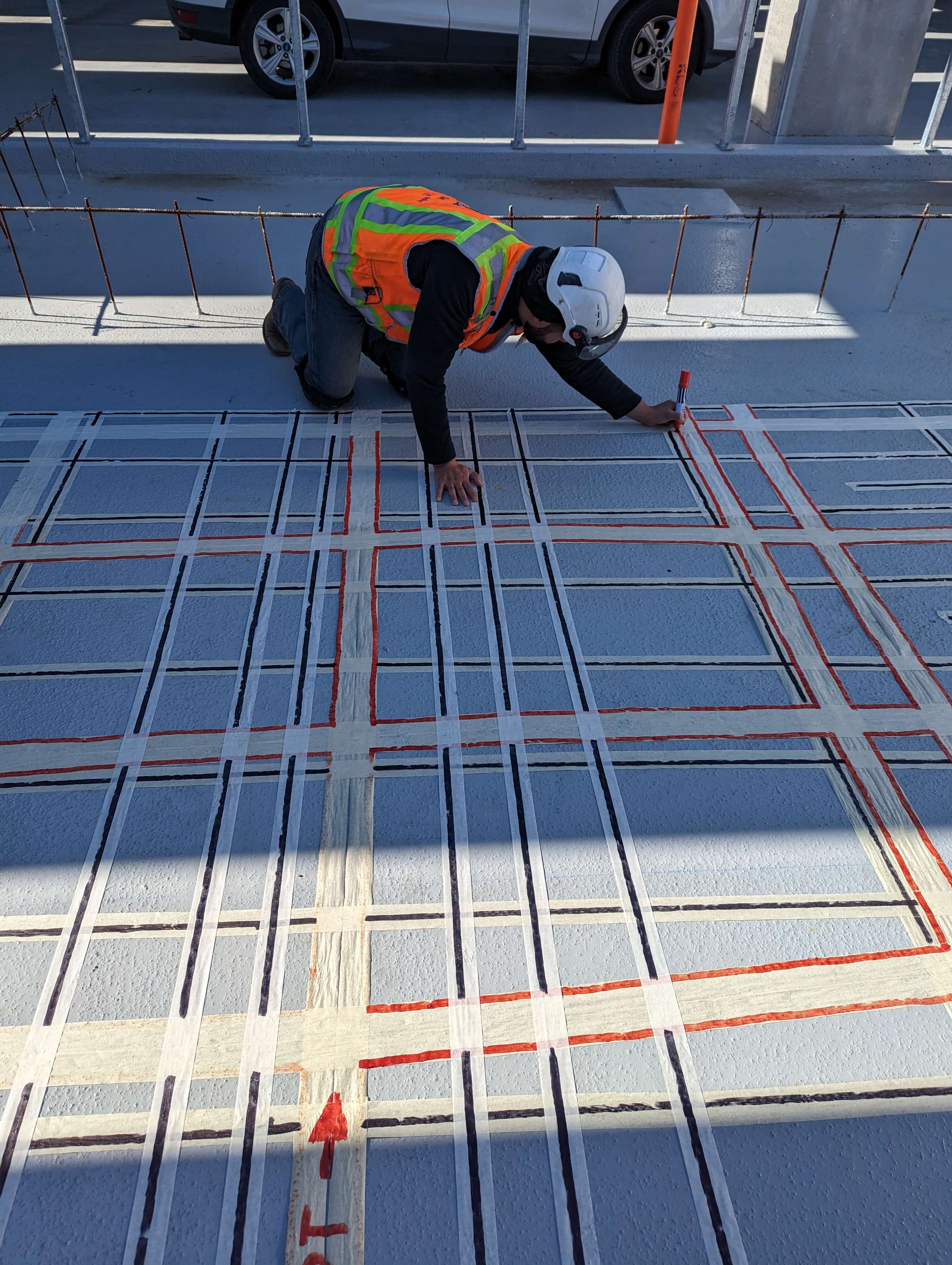Unveil the Transformative Power of Concrete Scanning in Maximizing Performance and Safety
Concrete scanning has emerged as a vital tool in the construction sector, providing unrivaled advantages in enhancing job effectiveness and making certain security criteria. By utilizing advanced innovation, concrete scanning allows experts to see past the surface, revealing surprise intricacies that could affect the architectural stability of a structure. The transformative power of concrete scanning depends on its capability to give thorough insights and real-time data, transforming just how projects are prepared and executed. As we look into the complexities of this ingenious strategy, a globe of possibilities opens, showcasing a brand-new age of building techniques that prioritize accuracy and protection.
Importance of Concrete Scanning
Guaranteeing the architectural integrity and safety and security of building jobs starts with the vital step of conducting comprehensive concrete scanning. Concrete scanning is a non-destructive approach used to detect and map subsurface components within concrete structures.
Furthermore, concrete scanning assists in enhancing task timelines and spending plan by avoiding unexpected costs and delays that may develop due to unexpected blockages within the concrete. Inevitably, spending in extensive concrete scanning is a positive method that improves both efficiency and safety and security in building jobs.
How Concrete Scanning Works
Concrete scanning operates as an important tool in construction jobs by using advanced technologies to identify and map subsurface aspects without creating structural damage. Ground Permeating Radar (GPR) and Electromagnetic Induction (EMI) are two primary methods made use of in concrete scanning. GPR works by releasing high-frequency radar pulses into the surface, which recover when they run into subsurface things or spaces. The time taken for the signal to return suggests the deepness and place of the things. EMI, on the various other hand, uses magnetic fields to identify variations in material compositions, such as identifying rebar or channels within concrete frameworks.
Throughout the scanning process, the data collected is evaluated in real-time, permitting prompt recognition of prospective risks or challenges under the surface area. By utilizing these sophisticated innovations, concrete scanning substantially minimizes the danger of costly problems and injuries on building sites.
Benefits of Concrete Scanning
Utilizing innovative scanning modern technologies in construction tasks uses a wide range of benefits, improving both effectiveness and safety on-site. Among the main benefits of concrete scanning is the capability to identify and situate ingrained items such as rebar, post-tension cables, and avenues precisely. By determining these elements before drilling or reducing right into concrete structures, the danger of unintended strikes is dramatically decreased, stopping potential injuries to workers and damages to the structure itself. Concrete scanning aids in planning and creating more properly, as it provides exact details regarding the location and depth of structural elements.

Case Research Studies: Concrete Scanning Success

In another instance, a construction company used 3D concrete scanning to analyze the condition old concrete structures look at this web-site in a historic building. The in-depth scans offered useful insights into the degree of degeneration and helped prioritize upkeep initiatives effectively. By proactively addressing locations of issue recognized through scanning, the business was able to expand the lifespan of the framework and guarantee passenger security.
These instance studies emphasize the transformative power of concrete scanning in enhancing performance, accuracy, and safety and security in construction tasks.
Applying Concrete Scanning in Projects
Applying sophisticated scanning innovations during building projects has actually ended up being increasingly crucial for boosting precision and safety. By incorporating concrete scanning into project preparation and execution, building and construction groups can identify possible hazards, such as rebar or post-tension cables, hidden within concrete frameworks. This positive approach decreases the danger of accidents, hold-ups, and costly rework, inevitably leading to more effective project timelines and spending plans.
To implement concrete scanning efficiently, project supervisors should work together closely with knowledgeable scanning professionals to determine the most ideal scanning techniques for the details job requirements. Engaging scanning specialists from the beginning of a job enables the group to create detailed scanning plans that deal with vital areas of issue and ensure thorough information collection.
Furthermore, including concrete scanning right into routine task process can simplify decision-making procedures, as real-time check data provides immediate insights into the condition of concrete structures - right here Concrete Scanning. This data-driven method promotes educated problem-solving and enables teams to make this adjustments immediately, cultivating a society of performance and safety and security throughout the task lifecycle

Conclusion
To conclude, concrete scanning plays a critical function in enhancing efficiency and security in building projects. By making use of innovative modern technology to map and spot out underlying frameworks within concrete, this process aids to avoid costly errors, make certain structural stability, and lessen dangers on site. With the capability to reveal covert aspects and offer accurate data, concrete scanning shows to be a valuable device for enhancing project end results and making the most of overall success.
Concrete scanning is a non-destructive technique used to find and map subsurface elements within concrete structures. Furthermore, concrete scanning assists in maximizing project timelines and budget plan by staying clear of unanticipated prices and delays that may emerge due to unexpected obstructions within the concrete. One significant instance study includes a large renovation project where concrete scanning played a critical duty in ensuring task success.In another case, a construction company utilized 3D concrete scanning to assess the condition of maturing concrete structures in a historical building. By integrating concrete scanning right into project preparation and implementation, building teams can recognize potential risks, such as rebar or post-tension cords, concealed within concrete frameworks.